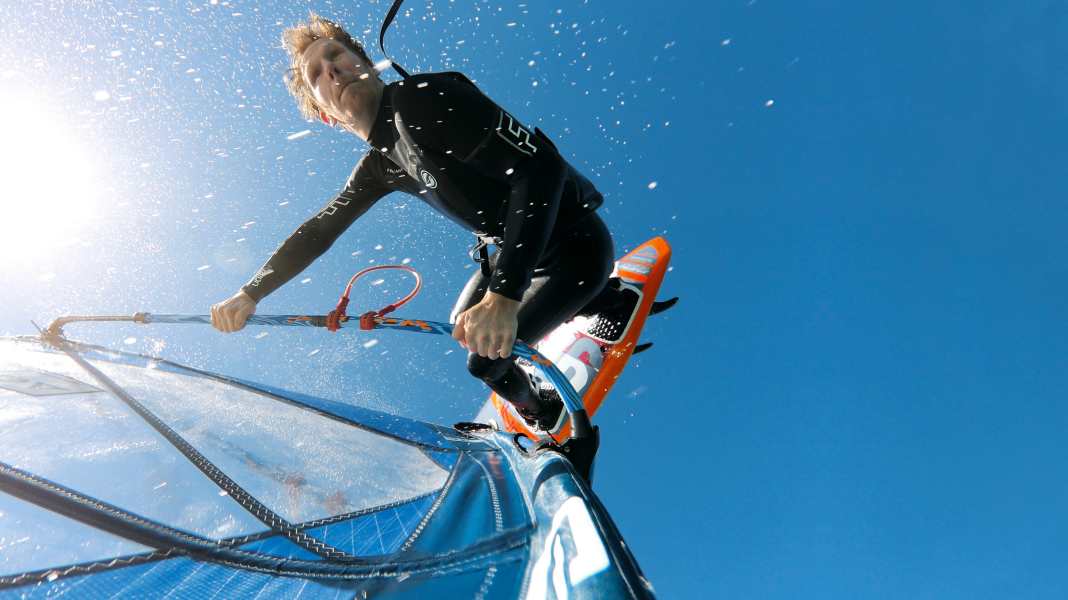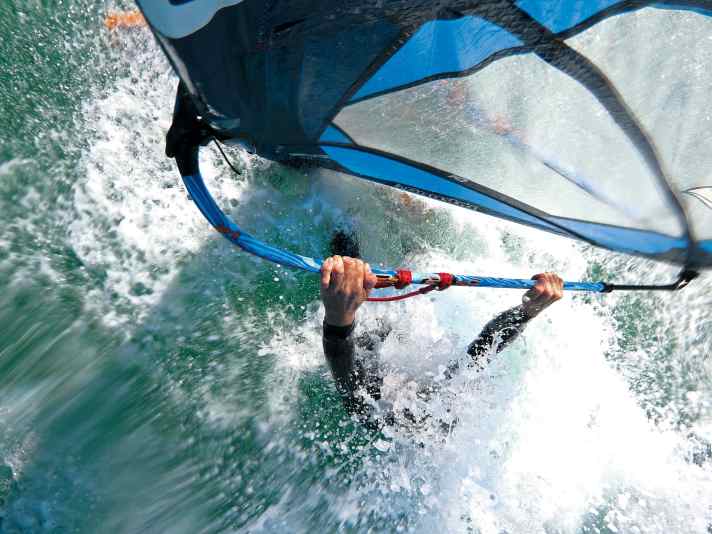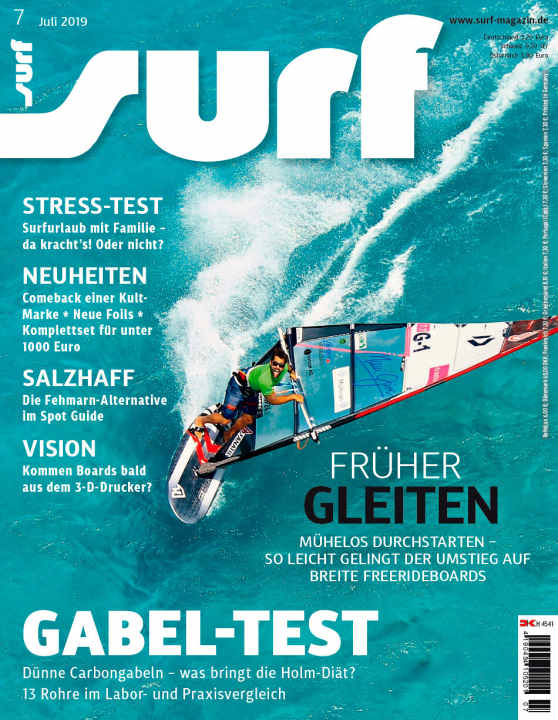
You can't do better with it - but you can do it longer! This well-known advertising slogan for a Swiss chocolate drink can certainly also be applied to thin carbon fibre forks. Not only in winter, with gloves and if you have small hands anyway, you benefit from the thinner diameter of these 13 models on the water - more relaxed and effortless gripping are convincing arguments. We would also have liked to present the products from Aeron, Streamlined and Duotone, but these were not available in time.
Squaring the circle
Maximum stiffness, light and thin - this combination is impossible from a physical point of view. In order to optimise two of the three factors mentioned, such as stiffness and weight, the spar diameter would have to be increased. Thin and light is only possible in combination with a reduction in stiffness. Thin and stiff only with a reduction in weight. If you compare the carbon forks in this test group with standard aluminium forks, you will notice that they are two to four millimetres thinner, but only slightly stiffer and not necessarily lighter. Two to four millimetres thinner may not sound like much, but it's a world of difference when gripping. Another advantage: carbon does not bend! So if you are heavy, jump a lot and have always left lasting impressions with aluminium forks, you can benefit from carbon forks in this respect - over the entire adjustment range. In our experience, it is not at all the case that thin carbon forks do not hold. As with RDM masts, the smaller diameter is compensated for by a thicker wall thickness - which also explains why the thin carbon forks have hardly any advantages on the scales.

The entire article with all test results and technical data is available as a PDF in the download area below:
- AL360 E3 Carbon Slim
- Chinook RDG Carbon
- Dynafibre Carbon Boom Shaka Slim
- GA Sails Slim Carbon Pro
- Goya Super Skinny Pro
- Gunsails Select Boom Slim
- Neilpryde XC Carbon
- Point-7 Carbon+ Pro
- ProLimit Team C100 Carbon
- RRD Dynamic Pro Boom RDM
- Severne Enigma Wave
- Simmer Style SX10 Carbon Slim
- Unifibre Carbon PP Slim







